Celebrating Our World Stroke Campaign Award Winners
28 Jul 2023Campaigns in Bhutan and Peru have scooped the latest World Stroke Campaign Awards.
Campaigns in Bhutan and Peru have scooped the latest World Stroke Campaign Awards.
The WSO Campaign Committee is delighted to announce the winners of the 2022 World Stroke Award Campaign winners. World Stroke Awards are given to individuals and organizations that have demonstrated high levels of commitment and creativity in support of the objectives and messages of the World Stroke Day campaign. Awardees were selected from a total of 18 award submissions. received from 15 countries spanning Africa, Asia, Europe and Latin America.
Individual Achievement Award Winner - Dawa Tshering, Bhutan
Dawa Tshering of the Bhutan Stroke Foundation led the delivery of an ambitious World Stroke Day campaign in Bhutan that employed a combination of expert talks, storytelling, reality show collaborations, social media engagement, and print media coverage to capturedthe attention and resonate with diverse audiences, ultimately raising awareness of the World Stroke Day Minutes Save Lives theme. The campaign also successfully addressed local awareness needs in relation to stroke prevention, working with a range of stakeholders including local employers to focus on creating healthy working environments and with healthcare providers to deliver risk factor screening in the communtiy. Dawa's achievement as the co-ordinator of World Stroke Day activities in Bhutan was even more impressive given that this is just the second time the day has been commemorated in his country. The lived experience of stroke survivors were central to the campiagn sharing stories that supported deeper understanding of the consequences of stroke and the need for action on prevention and symptom recognition.

Dawa Tshering, Individual Achievement Award Winner 2022

Dara Tshering interview on Bhutan Broadcasting Service
Best Campaign in a Low- Middle Income Country - Instituto Nacional de Ciencias Neurológicas, Peru
The National Neurological Science Institute was another campaign that made expert use of a broad range of activitties and media to build public awareness and share inforamtion about stroke. TV, radio, and newspapers and social networks were all depoyed to share messages from the campaign which focused on early identification of stroke symptoms, the need to act as quickly as possible, and stroke prevention. A series of seven community events including soccer tournaments, community screening for stroke risk factors and high profile landmark light ups in stroke blue and green gave high visibility to stroke in Peru. The Ministry of Health were engaged in the development of telestroke guidelines while a partnerhip with Rotary International supported community outreach and is an innovation that could be explored in other countries around the world.
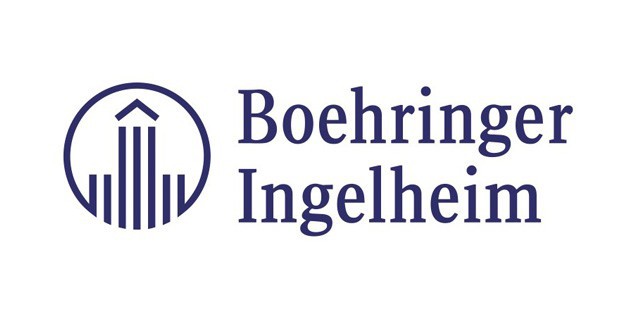 Platinum Plus
Platinum Plus
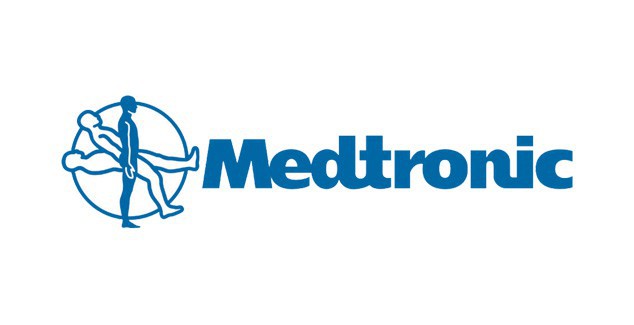 Platinum Plus
Platinum Plus
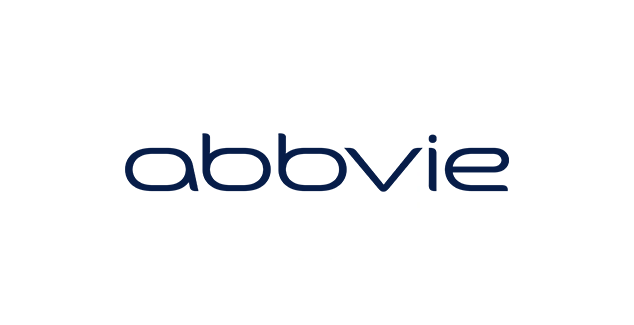 Bronze
Bronze
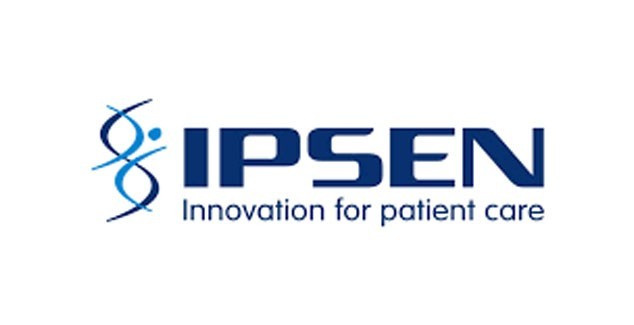 Gold
Gold
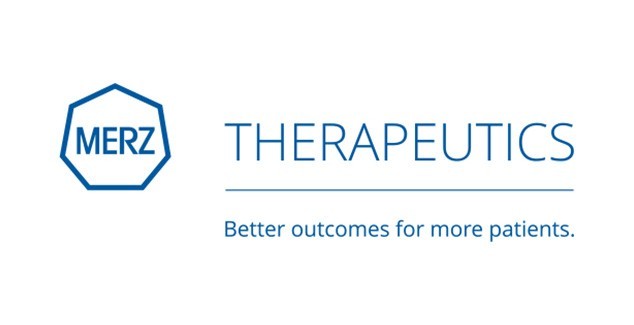 Silver
Silver
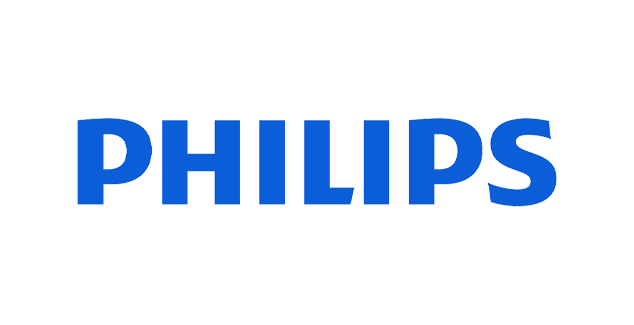 Silver
Silver
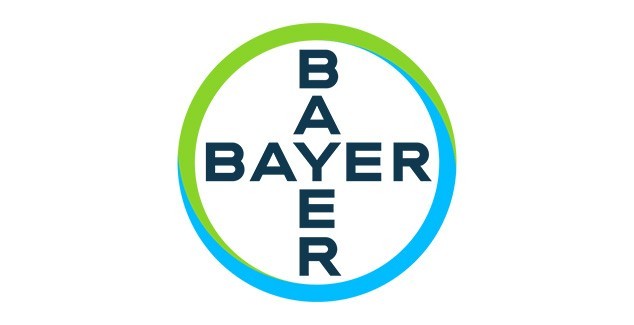 Bronze
Bronze
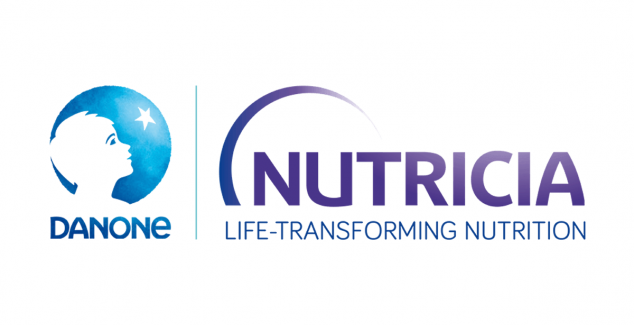 Bronze
Bronze
 Corporate Supporters
Corporate Supporters
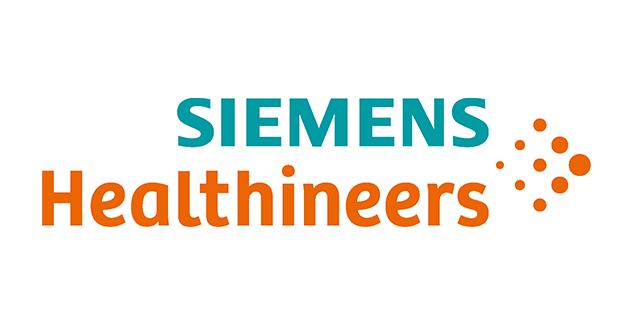 Bronze
Bronze
 Silver
Silver